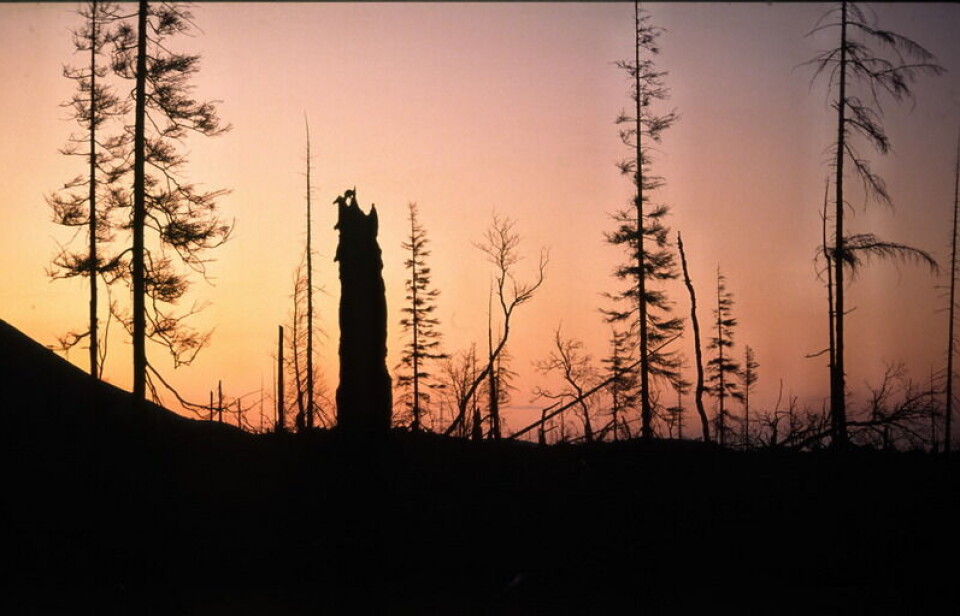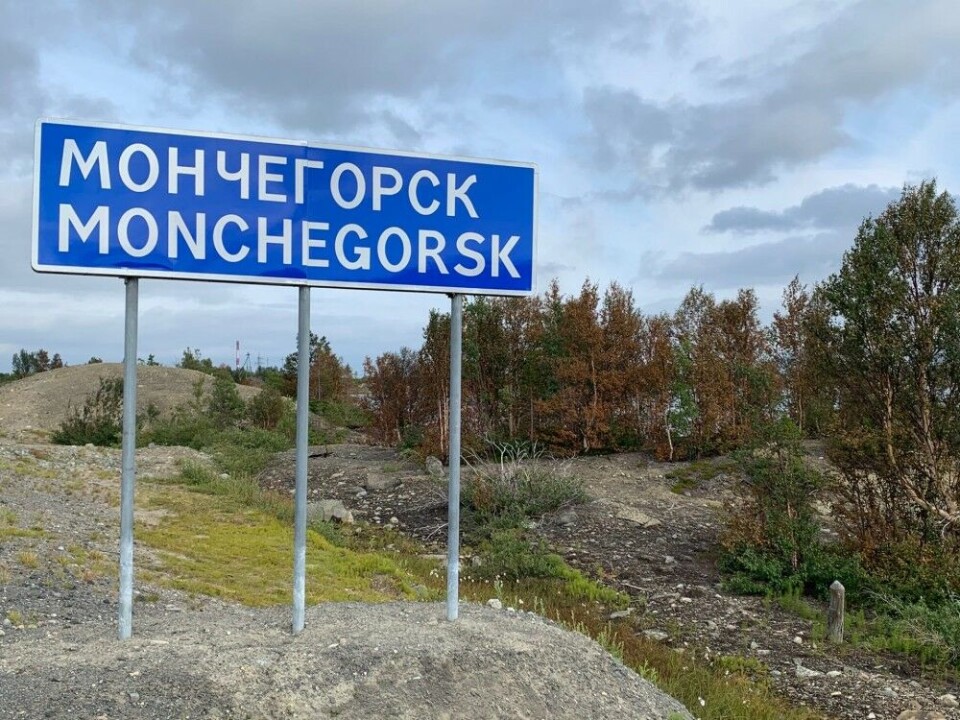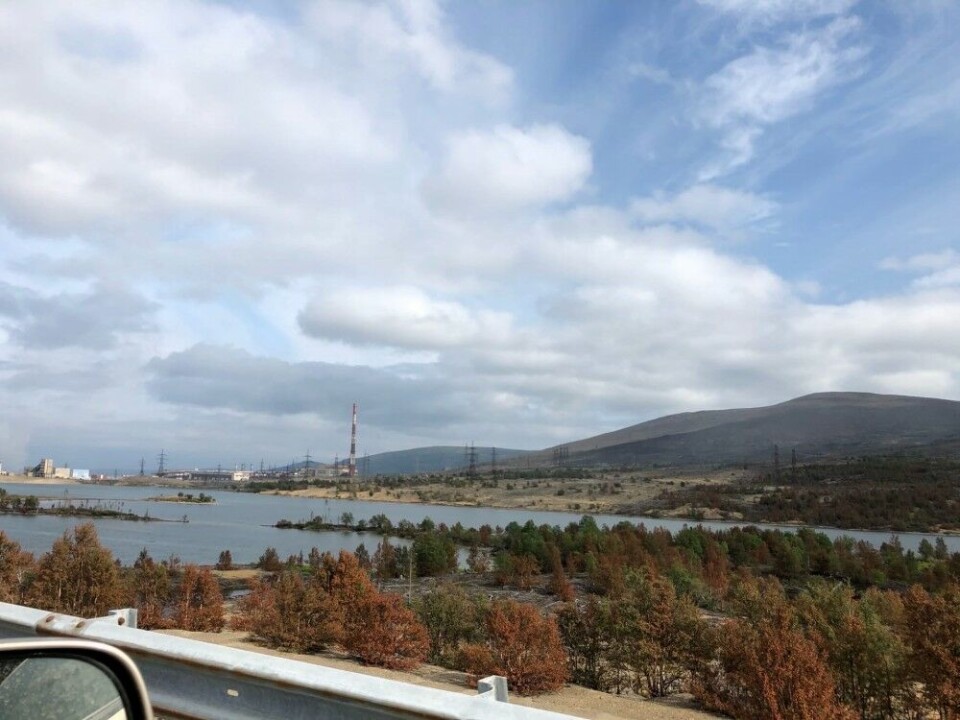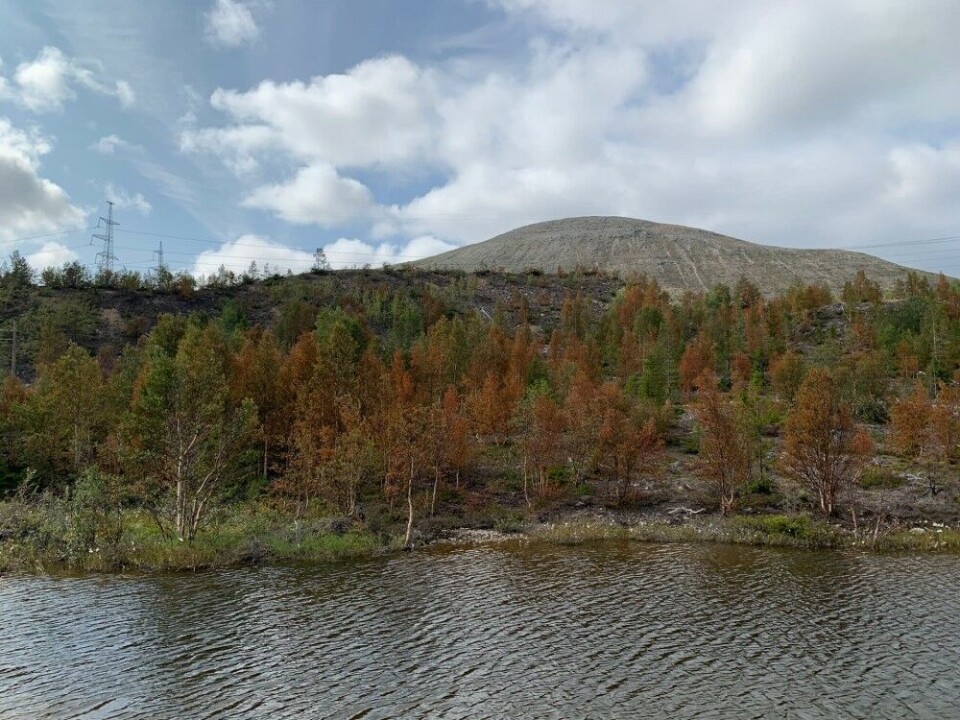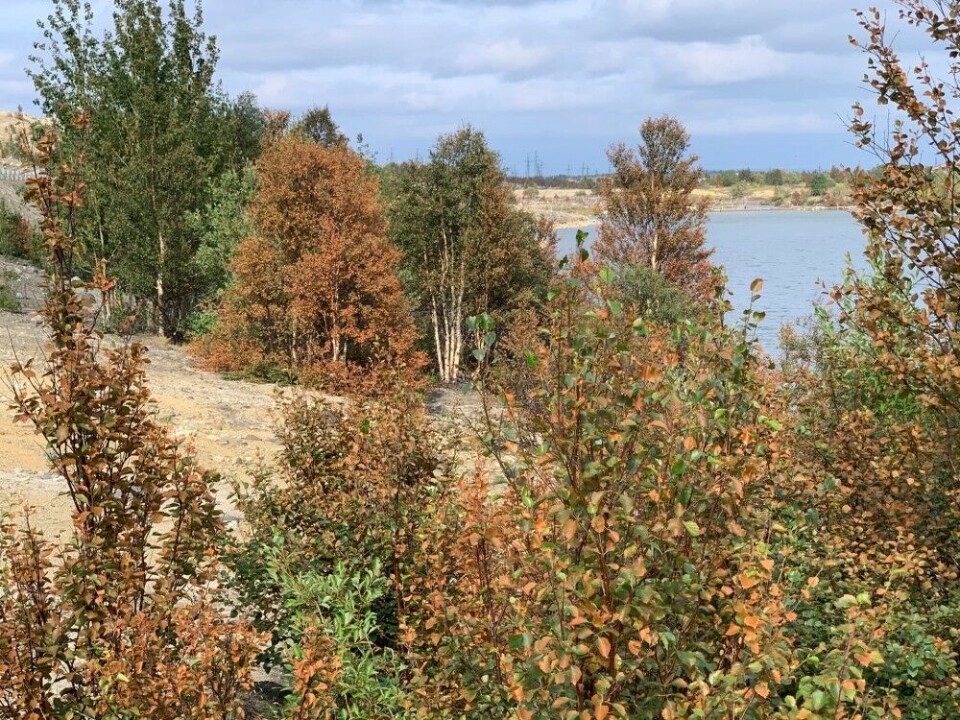Tree leaves dying days after massive air-pollution cloud
Several square kilometers west of the factories in Monchegorsk on the Kola Peninsula are affected.
“Back to the 90s, when businesses shit on the laws,” is just one of many comments after people started to post photos of dying trees on Region51’s Vkontakte page in Murmansk this weekend.
The photos, which The Barents Observer received permission to republish, clearly show something is terrible wrong. This is not an early autumn coming west and southwest of Nornickel’s huge smelters.
Last weekend, kilometers and kilometers of the fragile taiga nature in the same direction from Monchegorsk were covered by smog containing sulfur dioxide and heavy metals.
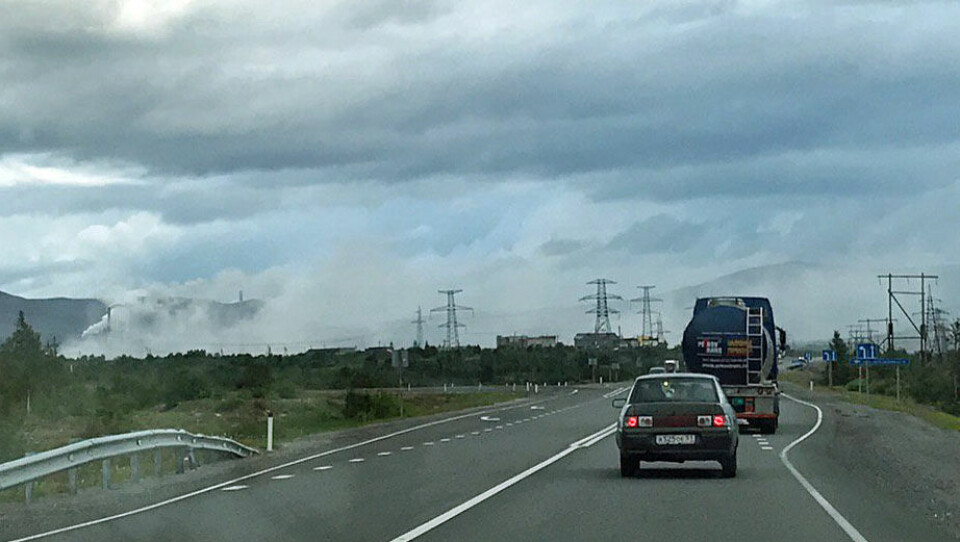
After the old nickel plant in Norilsk on the Taimyr Peninsula, infamous for its bad ecological standards, was shut down a few years ago, the refining nickel production was moved to Monchegorsk which now is the world’s largest nickel refinery. Technology, though, is mostly from Soviet times.
“There is a lunar landscape around Monchegorsk, inherited from the Soviet Union,” says Andrey Zolotkov with the environmental group ANO Bellona (Murmansk).
“Decades has passed, but little has changed,” he explains. “The Kola Mining and Metallurgical combine is trying to keep silent about this, something that once again shows the insufficient public openness of the Nornickel company.”
In difference with Soviet times, people are today displaying their deep dissatisfaction with the air pollution online. “Nightmare,” one woman writes. Another asks: “Trees don’t grow here! How do people live?”
The locals believe the rusty-colored leaves are directly related to the harmful gasses last week. Trees are still green in all other directions than the way the pollution smog went.
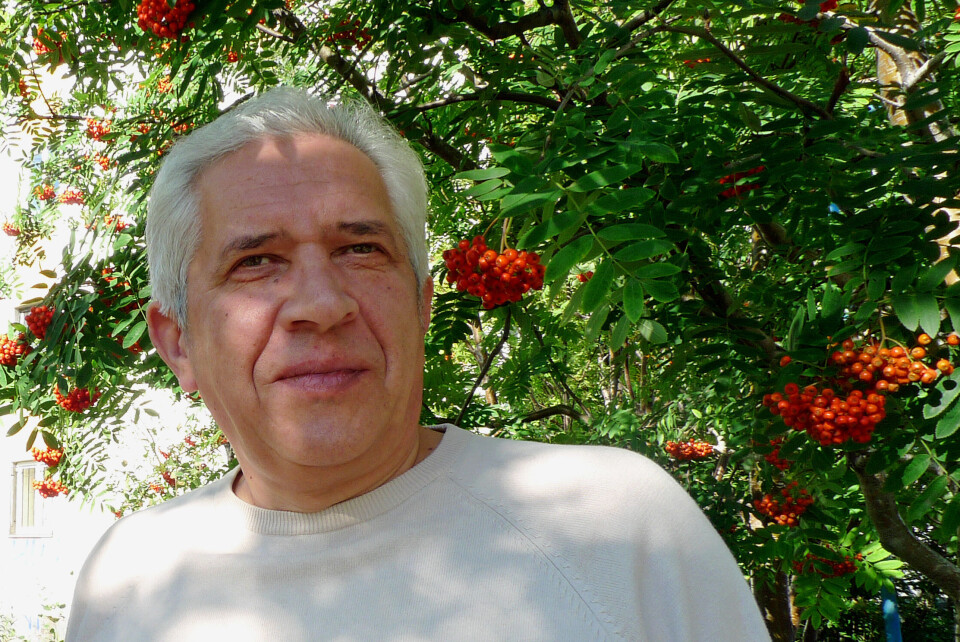
“If the unexpected browning of the forest near Monchegorsk is directly related to the burst of sulfur dioxide, then this is a clear example of the impact this industrial enterprise has on the environment,” Andrey Zolotkov says.
He wonder why the Murmansk branch of Rosprirodanadzor (environmental state agency) or the environmental prosecutor’s office are not looking into what is happening.
Paul Eric Aspholm, a research scientist with the Norwegian Institute of Bioeconomy Research (NIBIO) has looked at the photos. He says the fact trees with brown leaves and green leaves are next to each other is a sign the exposure of pollution hasn’t lasted for a very long period.
Aspholm, though, underlines a more thorough study of the leaves and the pollution would be needed before concluding.
By the end of the year, the nickel matte production taking place in the town of Nikel near Russia’s border to Norway will be shut down. The melting will be moved to Monchegorsk where Nornickel has said that environmental technology is much better, so the overall emissions from the metallurgical giant’s factories on the Kola Peninsula will be reduced substantially.
